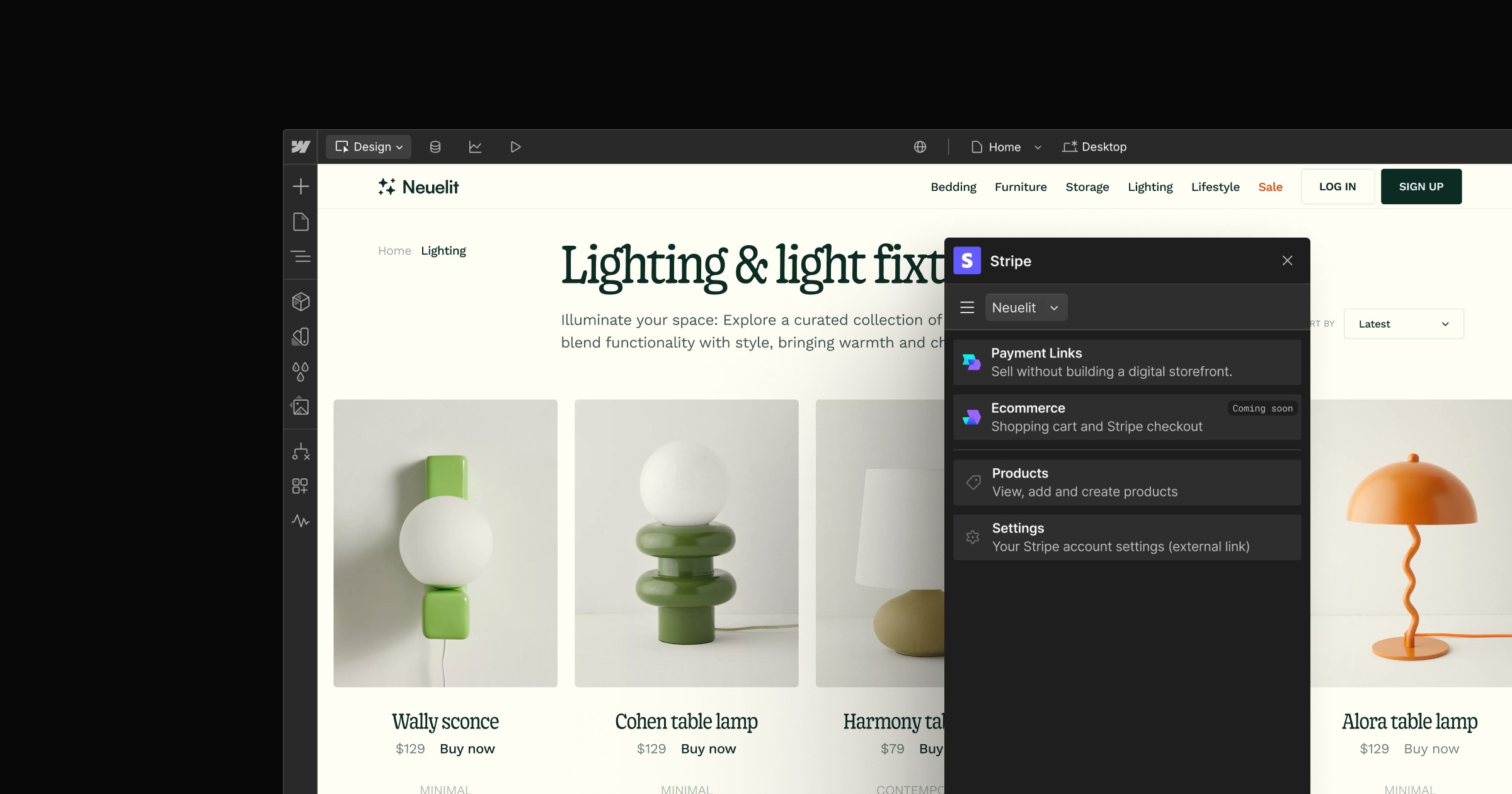Project
Webflow
Webflow: The First Website Experience Platform (WXP)

In the evolving digital landscape, businesses need more than just a website—they need a complete website experience. Webflow has redefined web design and development by becoming the first Website Experience Platform (WXP), an all-in-one solution that combines design, development, CMS, and hosting into a seamless, no-code environment.
What is a Website Experience Platform (WXP)?
A Website Experience Platform (WXP) goes beyond traditional website builders and content management systems (CMS). It integrates design flexibility, advanced development capabilities, and robust hosting with a focus on delivering exceptional user experiences. Webflow, as the pioneer in this space, empowers designers, marketers, and developers to create, manage, and scale high-performance websites without writing extensive code.
Key Features That Make Webflow a WXP
1. Visual Development with No-Code and Low-Code Options
Webflow bridges the gap between design and development by offering a powerful visual interface for building responsive websites. While designers can work without code, developers can extend functionalities with custom code integrations.
2. Built-in CMS for Dynamic Content
Unlike traditional CMS platforms that require complex backend configurations, Webflow’s built-in CMS allows teams to create and manage dynamic content effortlessly. From blogs to portfolios and product listings, Webflow makes content management intuitive.
3. Enterprise-Grade Hosting and Performance
Webflow provides fast, scalable, and secure hosting powered by AWS and Fastly. With global CDN infrastructure, automatic SSL certification, and zero maintenance, websites run smoothly without the need for third-party hosting providers.
4. Seamless Collaboration for Teams
With Webflow’s collaborative tools, teams can work together in real-time. Designers, marketers, and developers can make edits, manage content, and push updates without disrupting the website’s functionality.
5. Optimized for SEO and Performance
Webflow ensures websites are built with best SEO practices in mind. Features like semantic HTML, customizable meta tags, and automatic sitemap generation make it easier to rank higher in search engines.
6. E-Commerce and Membership Capabilities
Businesses can leverage Webflow’s e-commerce and membership features to create fully customized online stores and gated content experiences without the restrictions of traditional platforms.
7. Scalability and Customization
Webflow adapts to the needs of businesses of all sizes, from startups to enterprises. Its API and integrations allow users to connect with external tools, automate workflows, and extend functionality.



